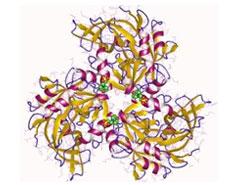The molecular mechanism mediating expression of senescent cell antigen-aggregated or cleaved band 3 and externalized phosphatidylserine (PS) on the surface of aged erythrocytes and their premature expression in certain anemias is not completely elucidated. The erythrocytes with these surface modifications undergo macrophage-mediated phagocytosis. In this study, the role of protein kinase C (PKC) isoforms in the expression of these surface modifications was investigated. Inhibition of PKC by 30 μM rottlerin (R30) and 2.3 nM Gö 6976 caused expression of both the senescent cell marker-externalized PS measured by FACS analysis and aggregated band 3 detected by western blotting. In contrast to this observation, but in keeping with literature, PKC activation by phorbol-12-myristate-13-acetate (PMA) also led to the expression of senescence markers. We explain this antithesis by demonstrating that PMA-treated cells show reduction in the activity of PKC , thereby simulating inhibition. The reduction in PKC activity may be attributed to the known downregulation of PMA-activated PKC , caused by its membrane translocation and proteolysis. We demonstrate membrane translocation of PKC in PMA-treated cells to substantiate this inference. Thus loss of PKC activity either by inhibition or downregulation can cause surface modifications which can trigger erythrophagocytosis.


